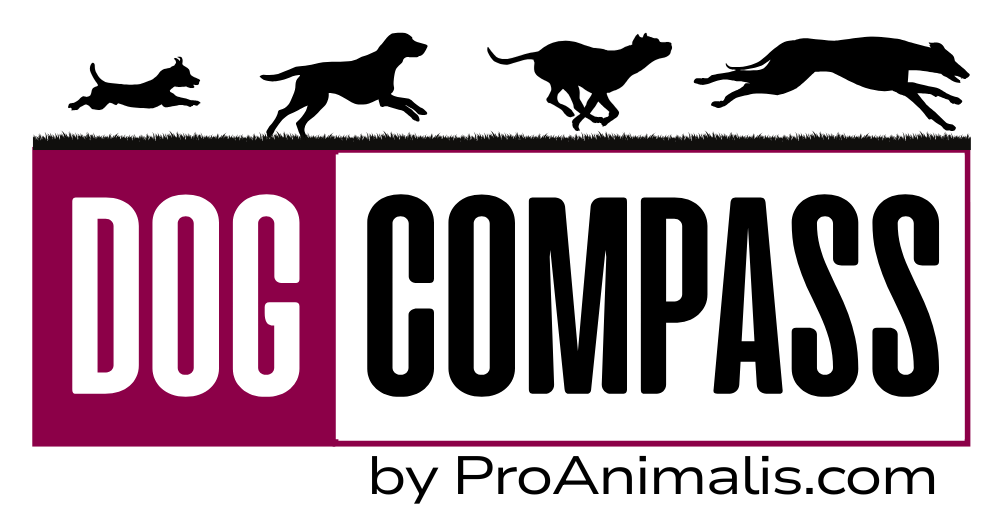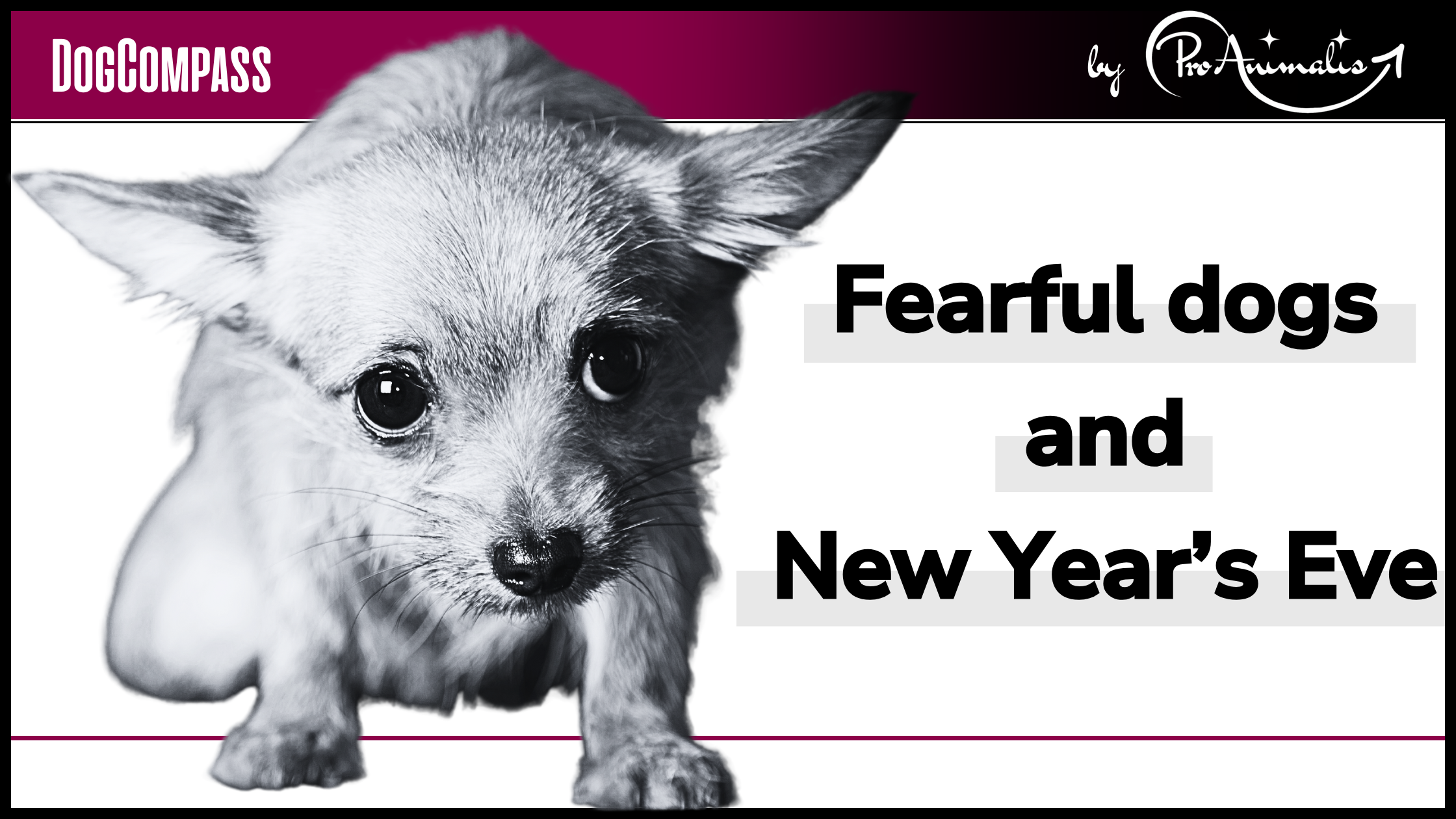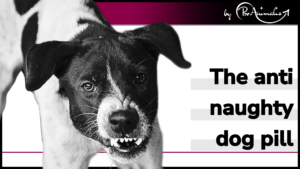It’s that time again.
The end of the year is imminent and with it the bang on New Year’s Eve.
If your dog reacts to loud noises such as fireworks with pronounced anxiety or even panic attacks, this time of year is more a horror than an occasion to celebrate.
The behavior of the affected dogs ranges from slight tremors and nervousness to fear of death.
Of course, most dog owners suffer with their four-legged friends while they hide in panic under the sofa or in the darkest corner of the house in the supposed safety.
Here, as a dog owner, it is important to become aware of the responsibility that one has assumed towards the dog in order to do the best possible, to make life for the faithful companion as easy and pleasant as possible at these times.
No two dogs are alike
Fear is a very intense but also very individual emotion.
Not every dog reacts in the same way, and anxiety management efforts do not produce the same results in every dog.
A dog that has been used to such events at an early age and in responsible puppy rearing is very likely not to have any problems with such events for the rest of its life.
However, those who have got into this situation due to neglect or bad experiences will probably never give up this dramatic and extreme behavior without the support of their owner.
Even with increasing age of the dog, which has not shown such problematic behavior ever before, fears and uncertainties with loud as well as sudden noises can arise.
In this case it is important to closely observe the dog as it ages and to adapt the circumstances to the new needs.
What you can do to make it easier for your dog
One thing is for sure – if you are spending the holidays with a dog who is suffering from anxiety, you should think as early as possible about how you can make this time as comfortable as possible for him.
A few days before New Year's Eve
- Do you know the secret hiding spots your dog goes to during anxiety and panic attacks? Then set up a comfortable place to sleep for him, if possible with blankets, pillows or a dog bed that he is familiar with.
- You can also give him the opportunity to go to a temporarily set up hiding place near you, e.g. under the living room table or in the corner behind the sofa, etc.
A provisional blanket stretched as a roof and a dog bed as a sleeping place are sufficient for this purpose. Depending on the size of the dog, a cozy cardboard box is a good and pleasant solution.
- Get your dog used to these new hiding spots a few days before the fireworks show.
- Also, get your dog used to loud music or turn up the TV a little louder in the evening – this can detract a little from the threatening background noise on New Year’s Eve.
- Plan New Year’s Eve in your own home. Unfamiliar surroundings or being alone at home will only make things worse for your dog.
- If you live in an area where the sounds of firecrackers can be expected days in advance, always keep your dog on a leash and rather go for a walk in a quieter area to save him the additional stressful situation.
During the day on New Years Eve
- Give your dog plenty of exercise in the afternoon or early evening with wild play in the garden or search games inside the house. He should be as tired as possible before the fireworks go off.
- Go on a super long walk – anything that makes him tired helps.
- Again, remember not to let him off the leash in “dangerous areas” and to go for a walk in a quiet area. A sudden bang could panic him and you spend New Year’s Eve looking for your completely disturbed and scared dog.
- Don’t leave your dog alone at home even during the day time. Occasional firecrackers can also be expected during the day, depending on the area. (In the worst case, fear of abandonment could manifest itself in such a situation.)
- So stay close to your dog as a precaution and offer it its nicely prepared hiding place at the first bang that can be heard.
On New Years Eve
- Depending on the intensity of the fear behavior, you can offer your dog particularly tasty chew toys. If possible, something that he’s been busy working on for a long time.
- Turn up the music loudly before the firework starts. These familiar loud noises can distract a little from the situation outside the house.
- Close windows and doors and, if possible, draw curtains or close the blinds.
- If your dog wants to lie down on your lap, huddle under your legs or even hide his head under your jacket, allow this physical contact, but without pitying him, dulling him, or constantly talking to him in a calming way.
- Don’t shower your dog with pity! Compassion is absolutely counterproductive in this situation. What your dog needs in this situation is SAFETY. So act like everything is fine and you have got it all under control – after all, it is and you have. Let your dog feel that there is nothing to worry about, but that you are still there for him and take his fears seriously.
- If your dog is one of those extremely fearful dogs, don’t be disappointed if he doesn’t want to know anything about the delicious chewing bones, the lovingly arranged secret hiding place and even nothing about you. Fear is the most extreme emotion a dog is capable of. It is only a small step from fear to fear of death – even if we humans cannot understand this behavior in this situation. Accept your dog’s fears, take it seriously, and respond to it in the most adequate way possible.
- If your dog is only slightly nervous, you can try to use toys (preferably with squeaking noises) or to distract him with trained tricks or games and try to divert his focus from the fireworks. However, this will only be successful if your dog does not really suffer from severe anxiety or if he really loves the interruption offered.
- Please note: The distraction or redirection of the behavior is not part of the problem-solving process, but only a short-term interruption. If the behavior interruption is stopped, the dog is in the same status as before.
Helpfull tools
There are a few tools that can help your dog through this difficult time.
However, you should familiarize yourself and your dog with it at an early stage or talk to appropriate experts about it.
- The “Thundershirt“
The thundershirt is a kind of vest that fits the dog relatively tightly around the chest. The constant, gentle pressure on the body is perceived by sensors in the skin and promotes the release of oxytocin, a hormone that has a calming and stress-reducing effect.
- Adaptil, a sedative that is available as a spray, vaporizer and collar.
- Vetplus Calmex, a sedative that reduces anxiety and stress relatively quickly after ingestion and lasts for several hours.
- Zylkene is also a sedative, but should be administered 1-2 days before the expected stressful situation.
- The sedative Multiva from Vetnova is packaged in dog-friendly treats and is accordingly easy to administer.
- Furthermore, homeopathic remedies, CBD oil, essential oils or Bach flowers should be considered.
- For extreme cases of anxiety, you should speak to your veterinarian. In this case, however, please seek precise advice. Of course, it is not about drugging your dog so much that he can no longer express his fear, but about actually reducing fear and stress. A trustworthy veterinarian will advise you extensively in this case.
Please be aware that every administration of sedatives, whether natural and over-the-counter or prescribed by the veterinarian, is only an acute solution to the problem – an emergency solution – for your dog and should by no means be used permanently.
The modification of fear behavior is a dynamic process and accordingly requires time, patience and structure. A permanent positive change will therefore only come about through an individually planned therapy.
New Year's resolutions
Even if you would like to use the advice and resources listed above for the upcoming New Year’s Eve, your good resolution for the coming year should be to work intensively and focused on finally releasing your dog from his anxiety, so that you and your dog can enjoy next New Year’s Eve together!





